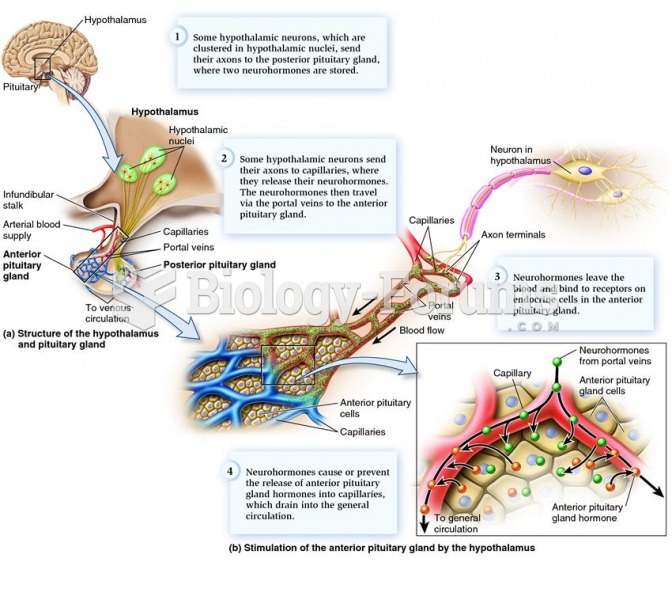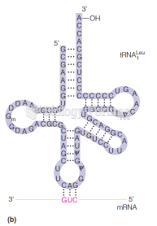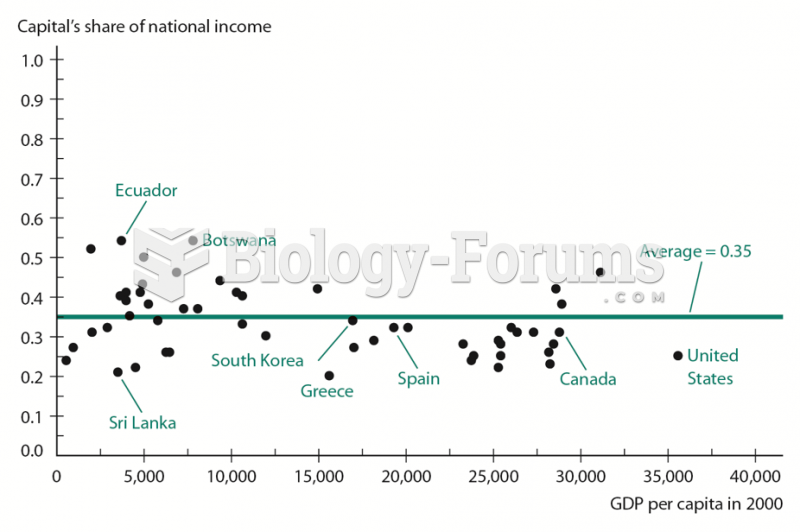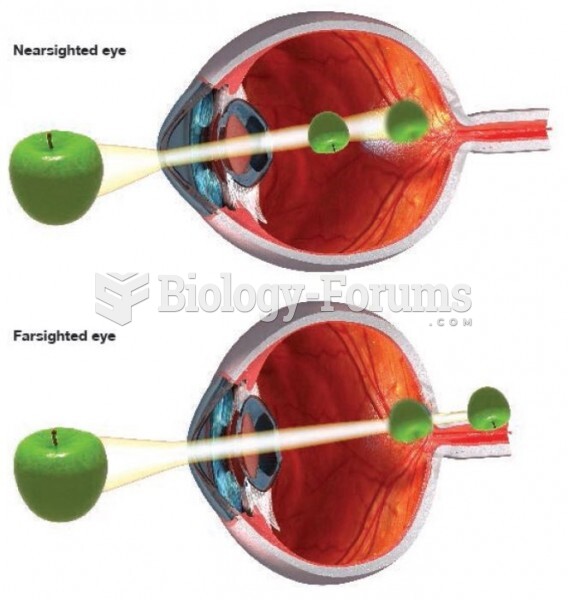Answer to Question 1
Agency problems stem from conflicts of interest, and capital structure management gives rise to a natural conflict
between stockholders and bondholders. To reduce this conflict of interest, the creditors (bond investors) and
stockholders may agree to include several protective covenants in the bond contract. These bond covenants may be
thought of as restrictions on managerial decision making. The increase in agency costs will raise the implicit cost (the
true total cost) of debt financing.
The free cash flow concept of cash flow in excess of that required to fund all projects that have positive net present
values when discounted at the relevant cost of capital is also related to capital structure management.
Substantial free cash flow can lead to misbehavior by managers and poor decisions that are not in the best interests of
the firm's common stockholders. In other words, managers have an incentive to hold onto the free cash flow and have
fun with it, rather than disgorge it, say, in the form of higher cash dividend payments. This leads to the control
hypothesis for using debt. By leveraging up (taking on debt) the firm's shareholders will enjoy increased control over
their management team.
We can also refer to this motive for financial leverage use as the threat hypothesis. Managers work under the threat of
financial failure; therefore, according to the free cash flow theory of capital structure, they work more efficiently. This
is supposed to reduce the agency costs of free cash flow, which will in turn be recognized by the marketplace in the
form of greater returns on the common stock.
Answer to Question 2
The constant dividend payout ratio seeks to keep the percentage of dividends to earnings constant. The stable dollar
dividend per share seeks to maintain a relatively stable dollar dividend over time. A firm following the small, regular
dividend plus a year-end extra dividend pays a small, regular dollar dividend plus a year-end extra dividend in
prosperous years. By far the most common is the stable dollar dividend policy. This provides the most stable stream of
dividends.







